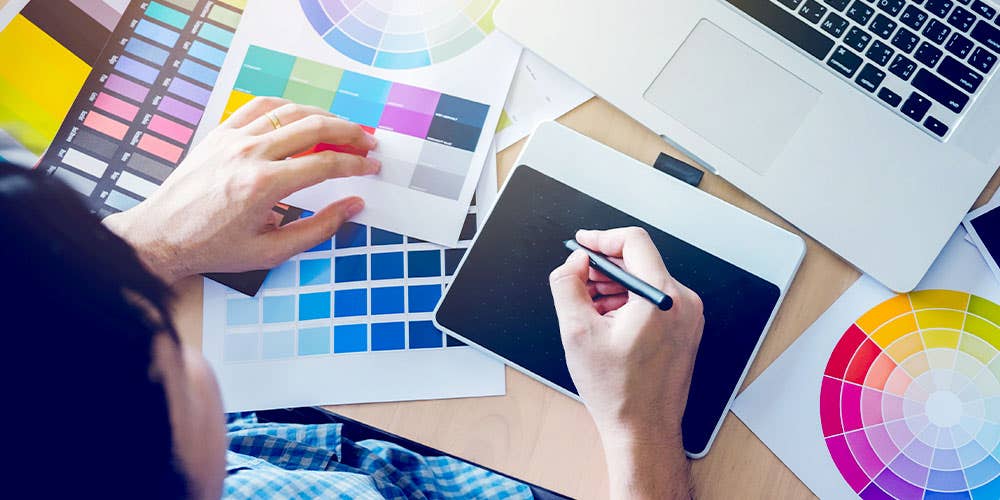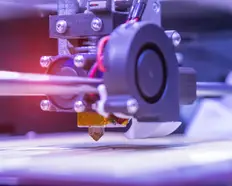Yapay Zekâ (AI) İş Danışmanınız Ava ile Sohbet Edin
Merhaba, ben Ava, işinizi güçlendirmek için AI (Yapay Zekâ) rehberiniz!
İster zaten bir işletme yürütüyor olun, ister bir işletme açmayı hayal ediyor olun, Yapay Zekâ (AI) destekli freelancerları kullanarak hayalinizi gerçeğe dönüştürmenizde yardımcı olmak için buradayım. İş hedeflerinizi paylaşın ve birlikte yetenekli freelancerlarımızın teklif verebileceği bir proje oluşturalım. Haydi, hayalinizi gerçek yapalım!
Bir işe sahibim
Bir işletme açıyorum
Görüşmeyi e-posta adresinize gönderirken bir hata oluştu. Lütfen daha sonra tekrar deneyin.
Görüşmelerinizi her saat yalnızca bir kez kayıt edebilirsiniz. Lütfen daha sonra tekrar deneyin.
Bu görüşme çok kısa. Kayıt etmeyi aktifleştirmek için Ava ile konuşmaya devam edin.
Why your product's packaging is important
Your product's packaging is the first impression you'll make on many of your customers. We run through the factors you need to consider.
11 Şub 2020 • 5 dakikalık okuma
11 Ara 2020 tarihindeZohaab I. tarafından güncellendi.

Wicked Wordsmith ❗Business Analyst ❗ Researcher
Panoya kopyalama başarısız, lütfen izinlerinizi düzenledikten sonra tekrar deneyin.
Panoya kopyalandı.

A great package can help your product stand out from a sea of competitors
Developing a product is hard enough. Designing suitable, effective and attractive packaging just makes things tougher. You need packaging that conveys your product's use, showcases it attractively and represents your brand, all at a glance. Plus, there are small details like safety, sustainability and the cost of packaging.
In other words, there are a lot of factors to keep in mind.
Why is packaging important?
Packaging is important as it can be the decisive factor between a customer selecting your product or the competition. A study from the Paper and Packaging Board found 67% of consumers are influenced by packaging materials when deciding on products to buy, and WestRock found that 81% of consumers have tried a new product solely because the packaging caught their eye.
There are also regulatory hurdles to clear in the choice of your packaging. These include industrial government, and safety regulations that need to be met before having packaging of your product approved by a governing board.
So, packaging shouldn't just be an afterthought. It's worth considering a number of factors before you decide how to package your product.
Cost
Cost is the primary concern for most manufacturers and procurement/purchasing officers. Choosing the right material that fulfils the packaging requirement of the product is very important. It's essential to consider what price margin of packaging you're aiming for.
The final price of the packaging can vary depending upon the initial cost of your product and the standards of the industry the product falls under. Experts recommend setting a specific percentage of the price of your product to adjust for packaging costs. But this too depends on the sales channel and target audience. Consider the following example: If your product is fragile and requires extra padded and safe packaging, you need to adjust for a higher margin of packaging cost in the final cost of your product.
Likewise, if aesthetics and looks are essential to the packaging of your product (cosmetic or children’s toys), you again need to make necessary adjustments to the final cost of your product and adjust a margin for the packaging cost. Fancy and attractive packaging to help you stand out from the competition will also cost more. The cost is also affected by numerous other factors which we'll discuss.
Functionality and quality
Having beautiful packaging is important, but having a packaging that serves the functionality of packaging and meets the quality requirements is more important. The purpose of packaging is to protect the product from any form of external damage it may suffer throughout its journey. Weaker packaging means the possibility of damaged products that may need to be refunded. Calculate the cost of packaging that serves its function against the cost of refunds.
Structure, shape and design
Now we're getting into the physical appearance of the packaging, which is an important way to market your product. The physical form of your packaging includes factors like determining the size of the packaging that suits the needs of the product appropriately, the design of the packaging that ensures safety is aesthetically compelling and the structure of the packaging that best showcases your product.
It's also important to choose a packaging design that's easy to manufacture in comparison to a difficult one as this also adds to the cost. Take into account factors like improper handling of the product, falling from the shelf, etc. Always opt for a design that's more durable against one that has weak structural integrity.
It's generally advised to choose a standard shape and size for product packaging to have a manageable price margin. This creates a lot of flexibility and convenience when it comes to storing, handling, and transportation. It also reduces production costs for bespoke packaging. Making a smart design choice can help a manufacturer in creating enhanced visual impact and brand recognition. Using bold letters, colours or patterns can help a product in standing out from the rest on a retailer’s shelf, even if the form and dimensions of the package are the same.
Know your sales channel
You need to understand the complete sales channel for your product before narrowing down a choice for suitable packaging. For example, there are different packaging regulations and standards for different kinds of sales channels like retail shops, wholesalers, ecommerce shipping and club stores.
By understanding the specific requirements of a particular sales channel, the design team can focus on creating a perfect packaging that complies with the regulations of authorities and serves the requirements of the sales channel well. Requirements like packaging production cost, product safety, the integrity of the packaging structure, storage space occupied by the packaging and shipping features can all be adjusted according to the requirements of the sales channel.
Features
A packaging that has been designed cleverly and thoroughly encompasses a number of features that set it apart from the others. A packaging designer can include a number of features in the packaging design that can influence a buyer's decision.
Recyclability
Packaging can be beautifully designed, but if it's harmful to the environment, it can negatively influence a consumer's decision. Packaging that's environment-friendly can create a psychological bias that makes consumers feel proud to be associated with purchasing your product over a rival brand that may be harmful to the ecosystem.
Clarity
This is also a very important feature that speaks to the consumer on a psychological level. Bombarding the consumer with too much information can negatively impact their decision. Often neglected, clarity while designing a packaging can make a huge difference. Too much information on an already small package will require a smaller font that can be difficult to read. Try to stick to the essentials. Make it clear what the product is, what does, how it benefits the consumer, and, where necessary, the ingredients, manufacturing and expiry date, and essential tips for use.
Originality
This can be a difficult balance to strike. Non-traditional packaging can greatly influence the decision of a consumer and help your product in standing out on a market shelf. For example, consider Pringles. In a crowded potato chip aisle, Pringles immediately stand out. The caveat here is that non-traditional packaging can also add to your cost.
Sustainability
Sustainability of the packaging material is very important when it comes to having a long shelf-life for your product, especially in the case of food and beverages. It doesn’t make sense to have packaging that expires before the product itself.
Relevance
Irrelevant design means unnecessary expenditure. At worst, it could be off-putting to the consumer. Product packaging specifications like the shape of the packaging, color and type of fonts used, graphics and imagery; all of them must be relevant to the type and nature of the product. The relevance of product packaging to the product itself creates a psychological effect and a sense of concurrence is raised in the mind of a consumer that influences their choice.
Final words
The majority of consumers will get to interact with your product's packaging before the product itself. It's the first impression you get to make on many shoppers. Packaging isn't an afterthought. It's a subject that demands attention, time and effort.
Bize ne yapmaya gereksinim duyduğunuzu anlatın
Proje adınızı girin
İlgili Hikayeler
Siz projenizde yardımcı olması için Teknik Co-Pilotlarımızdan biriyle konuşun
Sadece Sizin İçin Tavsiye Edilen Makaleler

The packaging design you use tells a story about your product. Find out how to grab consumers' attention with amazing graphic design
5 min read

Great graphic design will solidify your brand identity and drive revenue. Find out how to hire a great designer and what you should expect to pay.
9 min read

What type of graphic design should you use for business? In this exhaustive guide we discuss every different type of design your business might need.
23 min read

Hiring freelancers for a project can save you time and money, but it's important to understand how to get the best results
4 min read
Teşekkürler! Ücretsiz kredinizi talep etmeniz için size bir bağlantı gönderdik.
E-postanız gönderilirken bir şeyler yanlış gitti. Lütfen tekrar deneyin.
Ön izleme yükleniyor
Coğrafik konum için izin verildi.
Giriş oturumunuzun süresi doldu ve çıkış yaptınız. Lütfen tekrar giriş yapın.




